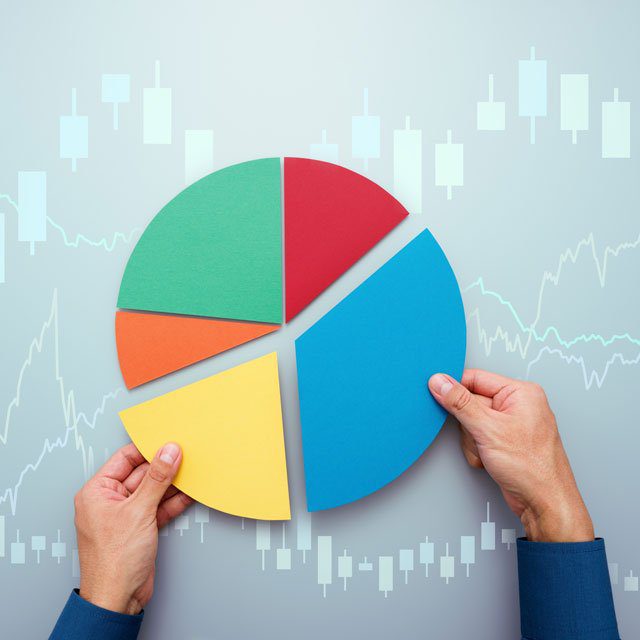Fidelity Says Advisors' ETF Use Rose Sharply This Year. Here's Why.

What You Need to Know
Nearly three-quarters of advised portfolios at Fidelity now contain ETFs, the asset manager reports.
The share of those portfolios made up of ETFs jumped from the prior few years.
An explosion in active ETF options and increasing investor demand for tax efficiency are behind the shift, Michael Scarsciotti says.
This is the latest in a new series of columns about portfolio strategies, financial planning and asset management.
It’s no secret that exchange-traded funds have grown in popularity in recent years, but portfolio experts at Fidelity Investments note a significant move this year.
In a recent second-quarter review of thousands of advisor portfolios, the giant asset manager found a notable uptick in ETF use, marked by growing demand for actively managed ETFs.
“That number of advisors that are turning to the ETF wrapper continues to grow,” Michael Scarsciotti, senior vice president and head of investment specialists, tells me.
Fidelity reviewed about 3,000 advised portfolios in the second quarter and found that 68% already had at least one ETF; after the company’s specialists suggested changes, 74% had at least one ETF.
Within that 74% — about 2,200 portfolios — ETFs accounted for 42% of holdings.
“The breakdown on average was six ETF positions and nine mutual fund positions. For historical context: 42% is up in 2024 from 27% in 2023, 21% in 2022 and 18% in 2021,” Scarsciotti says.
“When you look at those same portfolios, 21% of the positions were active ETFs. In other words, three of the six ETF positions were active ETFs. That is up from 16% in 2023, and 13% in 2022.”
What’s behind the trends?
More investors are asking for, and advisors are taking seriously, the generally greater tax efficiency available in ETFs compared with mutual funds, Scarsciotti says. In addition, the Securities and Exchange Commission’s 2019 rule updating ETF regulation paved the way for more active ETFs, he notes.
“We’ve seen just such an explosion of those options available. And really all the large asset managers, including Fidelity, are participating in that,” he says. So if an advisor leans toward active management, they can get the benefits from an ETF wrapper but with the active management option.
“It’s a good way for an advisor to kind of get their cake and eat it too, which in my mind is driving a lot of this. And we’ve actually seen that with the stats,” Scarsciotti adds.
So far this year, Fidelity has seen more money flowing into active ETFs than into active mutual funds, he notes.
The active ETFs tend to focus on fixed income, international stocks and small-cap equities, according to Scarsciotti. “Some of these more outcome-oriented (liquid alternative) strategies are also really resonating,” he says, citing products like buffered ETFs that offer some downside protection.




